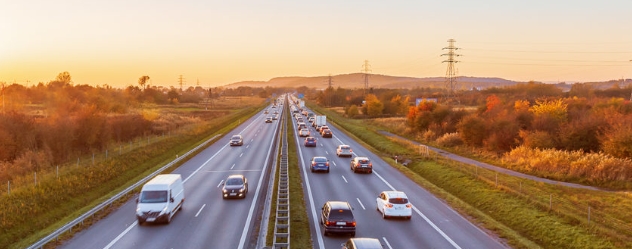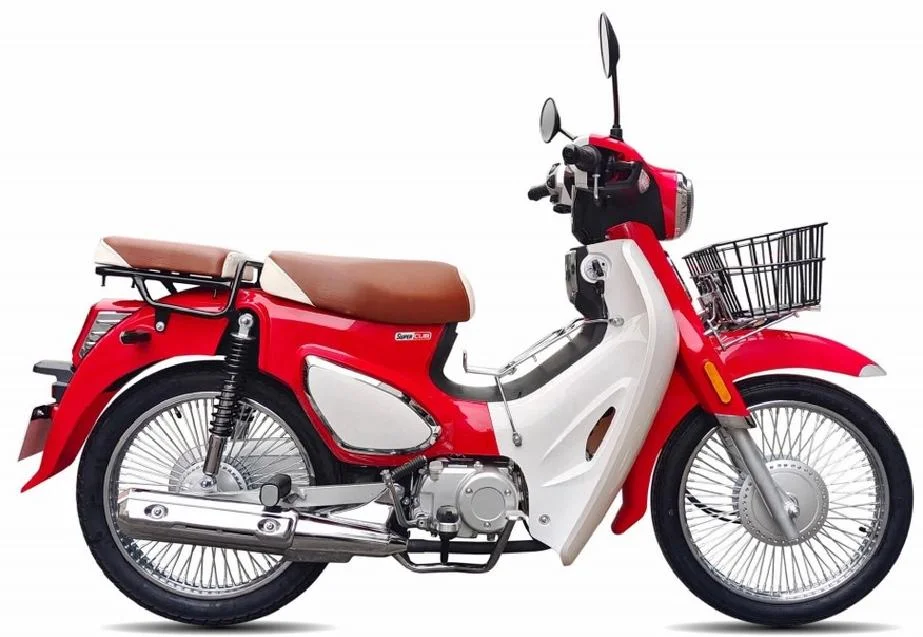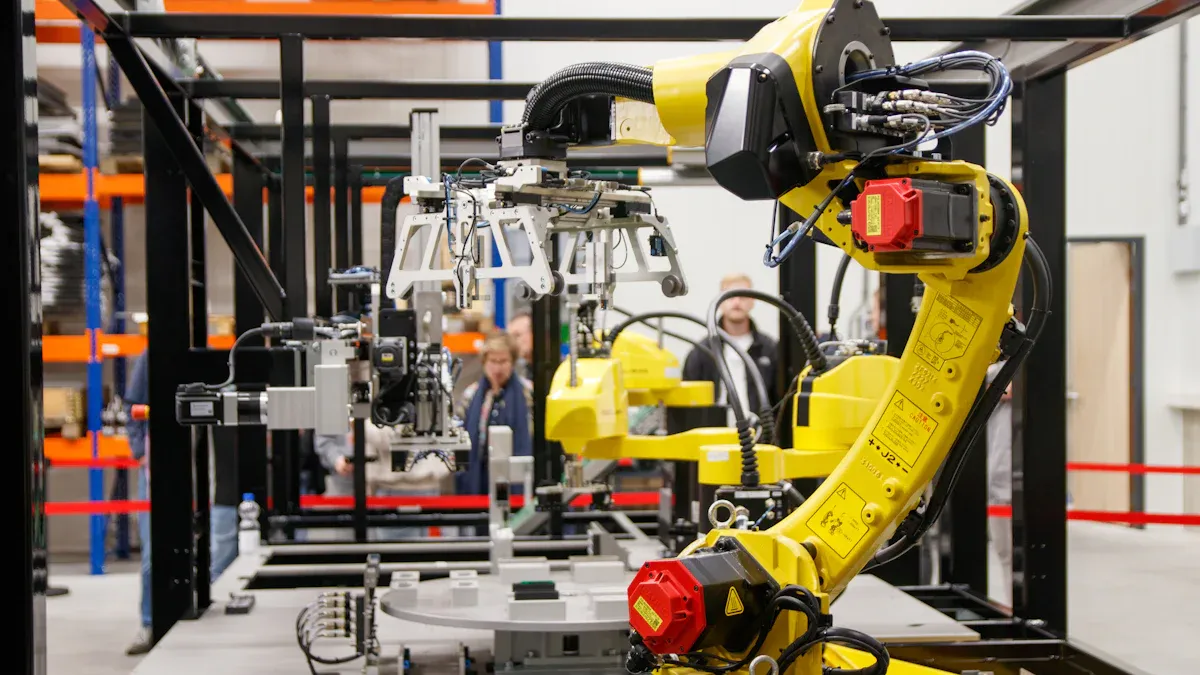
In today's rapidly evolving world, the concept of smart transportation systems has emerged as a game-changer in urban mobility. Leveraging advanced technologies and data-driven solutions, smart transportation systems aim to optimize transportation networks, enhance efficiency, reduce congestion, and improve overall user experience. This article delves into the multifaceted aspects of smart transportation systems, exploring their components, benefits, challenges, and future prospects.
- Understanding Smart Transportation Systems:
Smart transportation systems encompass a comprehensive framework that integrates various technologies, including Internet of Things (IoT), Artificial Intelligence (AI), Big Data analytics, and communication networks. These systems enable the seamless flow of information between vehicles, infrastructure, and users, facilitating real-time decision-making and resource allocation. - Key Components of Smart Transportation Systems:
a. Intelligent Traffic Management: Utilizing real-time data, smart transportation systems optimize traffic flow, manage congestion, and reduce travel time through adaptive traffic signal control, dynamic route guidance, and incident detection systems.
b. Connected Vehicles: Equipped with sensors and communication devices, connected vehicles exchange information with each other and infrastructure, enabling cooperative driving, collision avoidance, and efficient routing.
c. Integrated Fare Systems: Smart transportation systems integrate various modes of transport, allowing users to access and pay for multiple services through a single platform, promoting seamless intermodal connectivity.
d. Smart Parking Solutions: Leveraging IoT and data analytics, these systems provide real-time information on parking availability, reducing search time, and congestion while optimizing parking space utilization. - Benefits of Smart Transportation Systems:
a. Enhanced Efficiency: By optimizing traffic flow and reducing congestion, smart transportation systems improve travel time, fuel efficiency, and overall productivity.
b. Improved Safety: Real-time monitoring, predictive analytics, and collision avoidance systems enhance road safety, reducing accidents and fatalities.
c. Environmental Sustainability: By promoting shared mobility, optimizing routes, and encouraging the use of electric vehicles, smart transportation systems contribute to reducing carbon emissions and combating climate change.
d. Enhanced User Experience: Seamless connectivity, personalized services, and real-time information empower users, making their travel experience more convenient, comfortable, and reliable. - Challenges and Future Prospects:
a. Data Security and Privacy: As smart transportation systems rely heavily on data exchange, ensuring robust cybersecurity measures and protecting user privacy remain critical challenges.
b. Infrastructure Upgrades: Implementing smart transportation systems requires significant investments in infrastructure upgrades, including sensor deployment, communication networks, and data centers.
c. Public Acceptance and Adoption: Educating the public about the benefits and addressing concerns related to privacy, cost, and reliability are crucial for widespread acceptance and adoption of smart transportation systems.
d. Future Innovations: The integration of autonomous vehicles, blockchain technology for secure transactions, and advanced AI algorithms for predictive analytics are expected to revolutionize smart transportation systems further.
Conclusion:
Smart transportation systems hold immense potential in transforming urban mobility, revolutionizing the way people commute and interact with transportation networks. By harnessing cutting-edge technologies and fostering collaboration between public and private sectors, cities can build sustainable, efficient, and user-centric transportation ecosystems. Embracing the era of smart transportation is not just a necessity but a pathway towards creating smarter, greener, and more connected cities.






